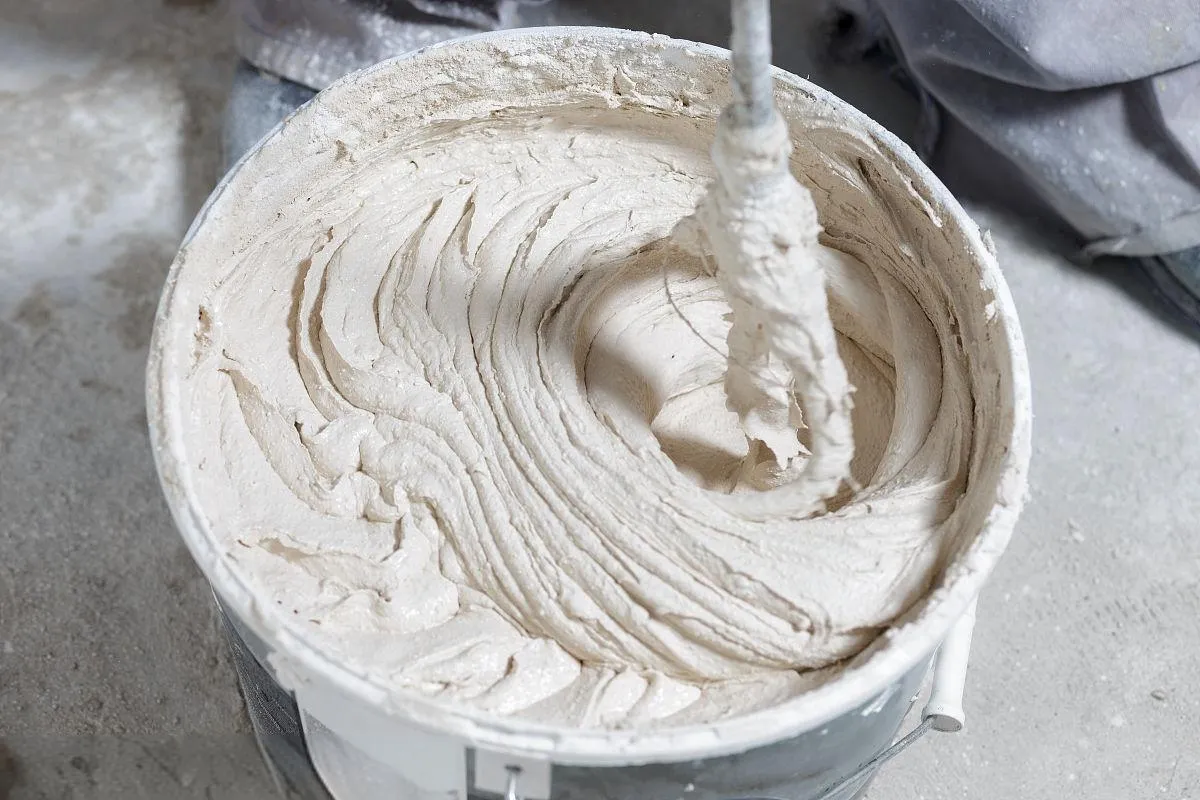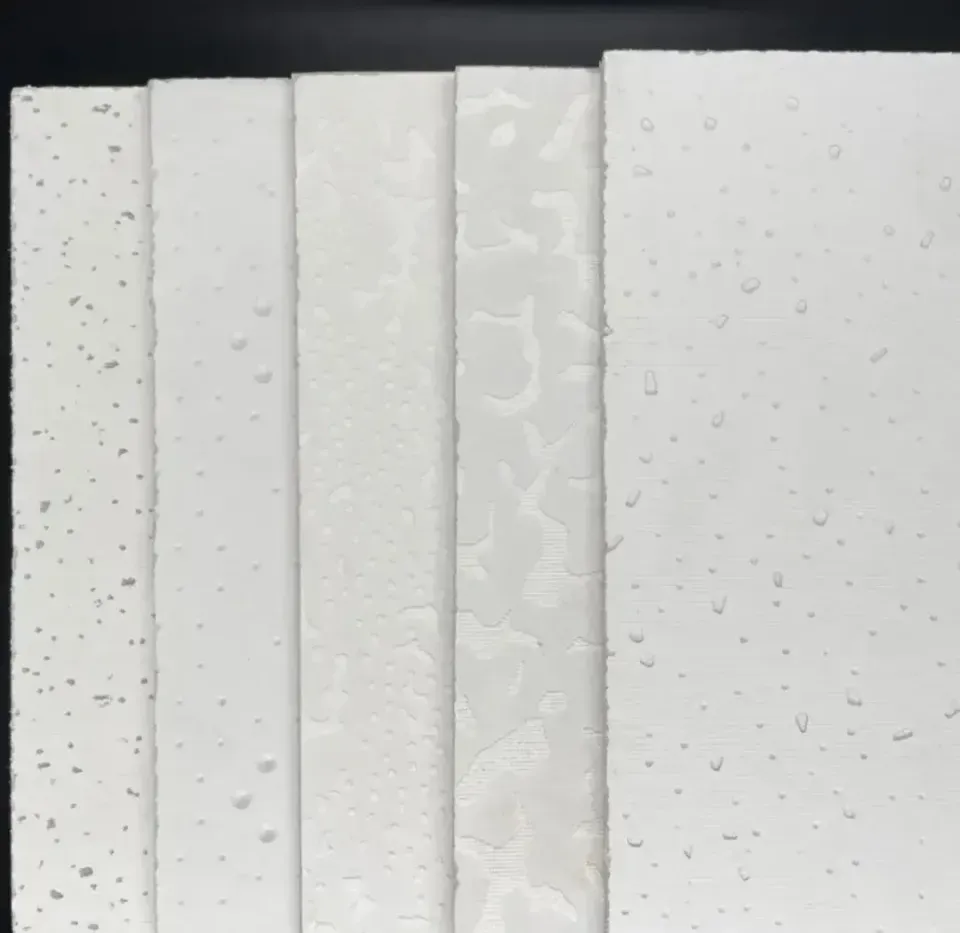
Understanding Gypsum Retarders: Applications, Benefits, and Industry Uses
In the construction and building materials industry, gypsum plays a central role in producing plaster, wallboard, and other gypsum-based products. However, controlling the setting time of gypsum is crucial for efficiency and quality in construction projects. This is where gypsum retarders and related additives come into play.
From gypsum retarder chemicals to gypsum plaster accelerators, each product affects the hydration and crystallization process differently. Understanding the balance between retarders in gypsum products and accelerators helps manufacturers and contractors optimize performance, reduce waste, and improve workability.

1. What is a Gypsum Retarder and How Does it Work?
A retardador de gesso is a chemical additive that slows down the setting time of gypsum plaster, giving workers more time to mix, apply, and finish the product. In contrast, a gypsum accelerator or gypsum plaster accelerator speeds up the process. Knowing whether gypsum is an accelerator or retarder depends on the product’s chemical composition.
One of the most common retarders in gypsum is citric acid, but other specialized gypsum retarder chemicals such as cream of tartar plaster retarder and retardador de gesso de fácil mistura are widely used. These compounds interact with calcium sulfate hemihydrate, delaying its conversion to dihydrate, and thereby prolonging the working time.

2. Types of Gypsum Retarders and Their Applications
Different construction scenarios require different setting times. For instance, large-scale wall rendering might need an aditivo de gesso para tempo extra, while small repair jobs may need a plaster retarder that slows setting for only a short period.
Plastering Retarder: Ideal for general plastering work, allowing more time for detailed finishing.
Extra Time Plaster Retarder / Extratime Plaster Retarder: A popular choice for projects requiring long working windows. Variants like extra time plaster retarder Screwfix are available in hardware stores.
USG Plaster Retarder and USG Gypsum Plaster Retarder: Commercial formulations optimized for USG gypsum boards and plasters.
Gypsum Board Fire Retardant: Although not a setting-time retarder, this additive enhances fire resistance in gypsum boards.
Some specialty products, such as retardador para gesso in decorative molding, or gypsum plaster retarder for fine interior finishes, ensure precision and surface quality.
3. Balancing Retarders and Accelerators in Gypsum
One of the most important aspects of using retarders in gypsum products is balancing them with accelerators. Adding too much retarder can compromise the final strength, while insufficient amounts might not provide enough working time.
In some cases, projects may even require a combination of gypsum additives—for example, pairing a plaster retarder with a gypsum plaster accelerator to tailor the exact setting time to jobsite needs.
Interestingly, construction chemistry often involves the question: Is gypsum an accelerator or retarder? The answer is that gypsum itself is neither—it is the substrate, while additives like extra time plaster retarder, plastering retarder, or gypsum accelerator determine its behavior during setting.
4. Choosing the Right Gypsum Retarder for Your Project
The choice of retardador de gesso depends on:
Project size and complexity – Large projects may benefit from extra time plaster retarder to keep materials workable for extended periods.
Climate conditions – High temperatures accelerate setting, requiring stronger retarders, while cooler climates may require minimal additives.
Surface type – Interior decorative work may require specialized cream of tartar plaster retarder for fine detail.
For retail customers, hardware outlets often stock retardador de gesso de fácil mistura or extra time plaster retarder Screwfix, which are easy to measure and mix. Professional contractors often source USG gypsum plaster retarder or other bulk formulations for large-scale jobs.
5. Modern Innovations in Gypsum Retarder Applications
Advancements in gypsum retarder applications have expanded the range of products available. Some new formulations offer environmentally friendly retarders, low-dust powder forms, and more predictable performance across temperature variations.
Specialized gypsum board fire retardants are increasingly used in building projects for improved safety compliance. These additives work alongside plastering retarders and accelerators to deliver both extended working times and fire resistance.
Moreover, contractors often use extra time plaster additives for complex decorative ceilings, heritage restorations, and custom interior designs where precision is key.
Conclusion: Maximizing Efficiency with the Right Gypsum Retarder
Whether working on a small interior plaster job or a large-scale wallboard manufacturing project, the right combination of gypsum retarders, gypsum plaster accelerators, and gypsum additives ensures control over setting times, quality finishes, and reduced waste. From plaster retarder options like cream of tartar plaster retarder to specialized gypsum board fire retardants, the choice should be tailored to the environment, project type, and performance requirements. Understanding gypsum retarder applications is essential for both manufacturers and on-site professionals who want consistent, high-quality results.
FAQs on Gypsum Retarders and Related Products
FAQ 1: What is the most common retarder in gypsum products?
O most common retarder in gypsum products is citric acid, but other popular options include cream of tartar plaster retarder and retardador de gesso de fácil mistura. These additives are used to control the setting time and improve workability.
FAQ 2: How does a gypsum plaster retarder differ from a gypsum accelerator?
A gypsum plaster retarder slows down the setting process, giving more working time, while a gypsum plaster accelerator speeds it up. Both are types of gypsum additives used to adjust setting times to match jobsite needs.
FAQ 3: When should I use an extra time plaster retarder?
An extra time plaster retarder, como extratime plaster retarder or extra time plaster retarder Screwfix, is ideal for large projects, warm climates, or complex designs where extended workability is necessary.
FAQ 4: Can gypsum retarders be used with gypsum board fire retardants?
Yes, gypsum retarders can be used alongside gypsum board fire retardants to provide both extended working time and enhanced fire resistance. This combination is common in high-performance building projects.
FAQ 5: What are the main gypsum retarder applications in modern construction?
Key gypsum retarder applications include interior plastering, decorative molding, large-scale wall rendering, and specialized USG plaster retarder uses in commercial projects. They are also vital in manufacturing gypsum boards with specific performance characteristics.
-
Hydroxypropyl Starch as a Sustainable Construction AdditiveNewsNov.24,2025
-
The Gelation Properties of CMCNewsNov.21,2025
-
Redispersible Latex Powder and Water Retention CapacityNewsNov.21,2025
-
Dosage Control for Polycarboxylate Water ReducerNewsNov.21,2025
-
Film-Forming Properties of Polyvinyl AlcoholNewsNov.21,2025
-
The Function of Gypsum Additives in MortarNewsNov.21,2025





















